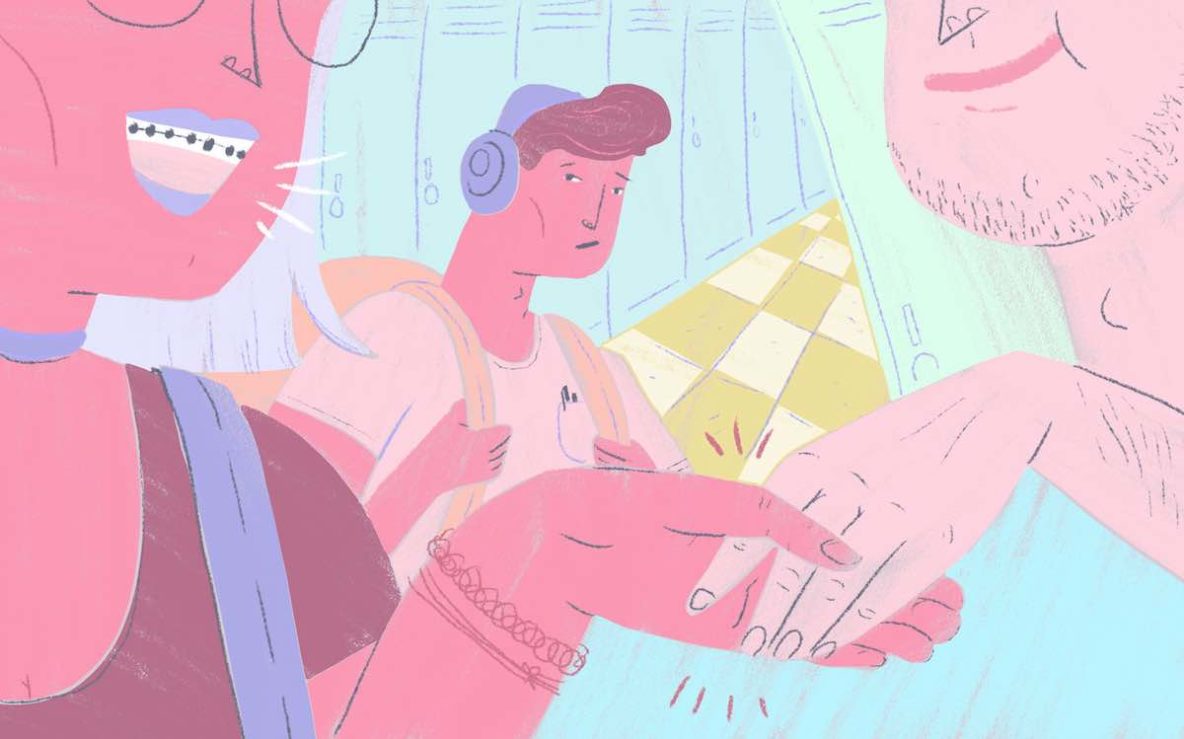Want to know what the teenagers in your life really think about sex and drugs?
Are you sure?
Well, researchers at the Centers for Disease Control and Prevention have a pretty good idea, thanks to the Youth Risk Behavior Survey. Every other year, thousands of teens in public and private high schools across the country take this nationally representative survey. The CDC just released results for 2017, and here are a few of the highlights:
Sex
Teens’ experiences with sex are changing, and the news is almost all good, says Kathleen Ethier, director of CDC’s Division of Adolescent and School Health.
“Fewer are initiating sex,” Ethier says, “fewer are currently sexually active, they’re having fewer partners, and they’re using more effective hormonal birth control methods.”
In 2007, nearly 48 percent of teens said they’d had sex at least once. A decade later, it’s 39.5 percent. One change in the data that Ethier’s not happy about is a recent decline in condom use.
In 2007, 61.5 percent of teens said they’d used a condom during their last sexual encounter. By last year, that rate had dropped to 53.8 percent. Ethier says this is due, at least in part, to “a decrease over time in requirements that school cover HIV and [sexually transmitted diseases] in health education programs.”
According to the report, young people aged 15-24 account for half of the roughly 20 million new STDs reported each year.
One more red flag, Ethier says: More than one in 10 young women (11.3 percent) reported being forced to have sex.
Drugs
When it comes to illicit drugs — like cocaine and heroin — teen use is way down, from 22.6 percent in 2007 to 14 percent in 2017.
For the first time, though, the survey also asked teens if they have ever misused prescription opioids. Fourteen percent said they had.
“We don’t know what this 14 percent number means, but we were quite surprised by it,” Ethier says, adding that CDC has more work to do to understand what these new data say about the opioid crisis and teens’ role in it. To read more from CORY TURNER, click here.
